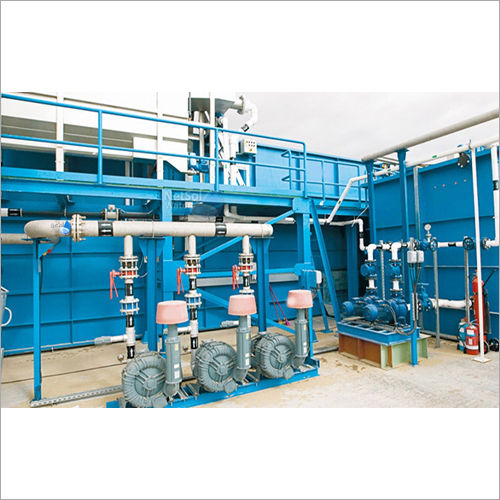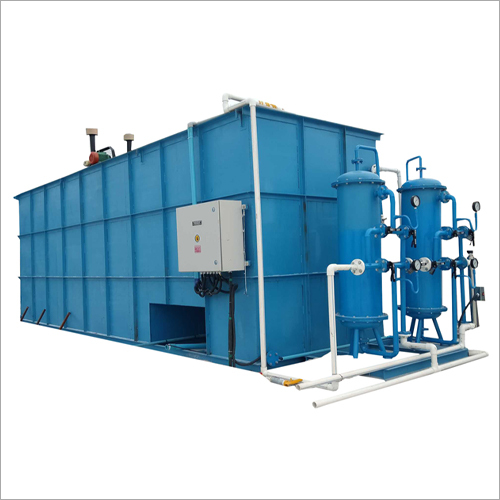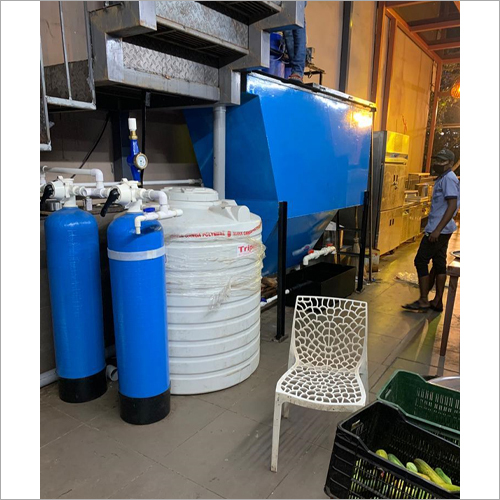Sewage Treatment Plant
Product Details:
- Application Sewage Treatment Plant
- Material Matel based
- Product Type Sewage Treatment Plants
- Power Source Electric
- Operation Type Semi Automatic
- Color Blue
- Click to View more
Sewage Treatment Plant Price And Quantity
- 180000.00 - 1800000.00 INR/Piece
- 10 Piece
Sewage Treatment Plant Product Specifications
- Electric
- Blue
- Matel based
- Sewage Treatment Plants
- Sewage Treatment Plant
- Semi Automatic
Sewage Treatment Plant Trade Information
- Cash in Advance (CID)
- 4-5 Piece Per Month
- 2-7 Week
- All India
Product Description
Sewage Treatment Plant offered by our company is extensively appreciated by the customers. The primary source of micropollutants, such as pharmaceuticals and personal care products, is sewage treatment plants (STPs) (PPCPs). In order to maximize the deterioration of micropollutants at the discharge source and reduce their concentrations and related biological effects, it is crucial to understand the biotreatment processes of household and hospital municipal wastewater.
sewage treatment plant or STP: Sewage treatment is defines as the process of removing the harmful pollutants or contaminants from sewage from commercial, residential and industrial sources to produce liquid and solid which is suitable for discharge into the environment or for reuse.
What kind of treatment methods involved in STP?
Commercial package sewage treatment plant includes physical, chemical and biological methods.
- Physical method: It consists of sedimentation, screening, filtration, skimming and etc.
- Chemical method: It consists of chlorination, neutralization, coagulation, etc.
- Biological method: It consists of aerobic (activated sludge process, tricking filters, oxidation pond, aerated lagoons, aerobic digestion etc.,) and anaerobic (anaerobic digestion, septic tanks etc.,) processes.
Wastewater/sewage generated from various units of the malls flows to the commercial sewage treatment system via sewer lines. Different levels of treatment involved during treatment process are as follows:
- Preliminary Treatment Level
- Primary Treatment Level
- Secondary Treatment Level
- Tertiary Treatment Level
- Its main objective is to prevent the damage to plant equipments/parts by removing water constituents that found in raw sewage or wastewater.
- Being a first treatment level, it removes easily separable large suspended solids (rags, bottles, cups, cans and many such) and other materials (oils etc.,) from incoming wastewater called influent.
- In this level, bar screens are used for screening and hence more percentage of suspended solids are removed.
- It uses grit chamber to remove excess amount of grit, sand and small stones will settle to the bottom of the chamber.
- The quality of the effluent obtained at the end of this treatment is not acceptable and hence it should be subjected for further levels of wastewater treatment.
- This is the treatment which needs to be done before wastewater is subjected to secondary treatment level or biological treatment.
- Pre-treated wastewater flows into sedimentation tank or primary clarifiers which uses chemicals like flocculants and coagulants.
- n order to encourage sedimentation process the flow of wastewater is reduced and hence heavier suspended solids settle to the bottom of the tank and lighter particles rises to the surface are skimmed off.
- The settled solids is called as primary sludge which will be treated in later stage and the residual liquid is now subjected to next level of treatment.
- Primary treatment of sewage/wastewater removes approximately 60-65% of suspended solids.
- It involves both aerobic and anaerobic biological treatment where aerobic process called activated sludge process is the most commonly used process to reduce organic material.
- Waste water flows from primary tank will enter into aeration tank to which air is supplied to increase the growth microorganisms like bacteria to break down organic matter.
- Now aerated wastewater (solids + microorganisms) enter into secondary clarifiers in which heavier solids settle to the bottom of the clarifiers which is called as secondary sludge.
- Some of the sludge will be redirected to aeration tank for further processing and remaining mixes with primary sludge for sludge digestion process and then disposed off or reused.
- This stage ensures about 80-85% of organic matter are removed.
Tertiary or advanced treatment:
- This is highest or final treatment level in most of the Sewage Treatment Plants (STP).
- The main objective of this treatment level is to produce better quality effluent which was not obtained during previous levels.
- Depending on the quality of the effluent it involves physical or chemical or biological methods to remove left over suspended and dissolved solids.
- It involved disinfection process to remove residual microorganisms from wastewater before its discharge or reuse.
- Disinfection is done by using disinfectants like chlorine, ozone, UV light and many such and now treated wastewater called effluent is suitable for discharge into the environment or reuse.

Price:
- 50
- 100
- 200
- 250
- 500
- 1000+
Other Products in 'Effluent And Sewage Treatment Plants' category
 |
SUPERECO SERVICES
All Rights Reserved.(Terms of Use) Developed and Managed by Infocom Network Private Limited. |







 Send Inquiry
Send Inquiry